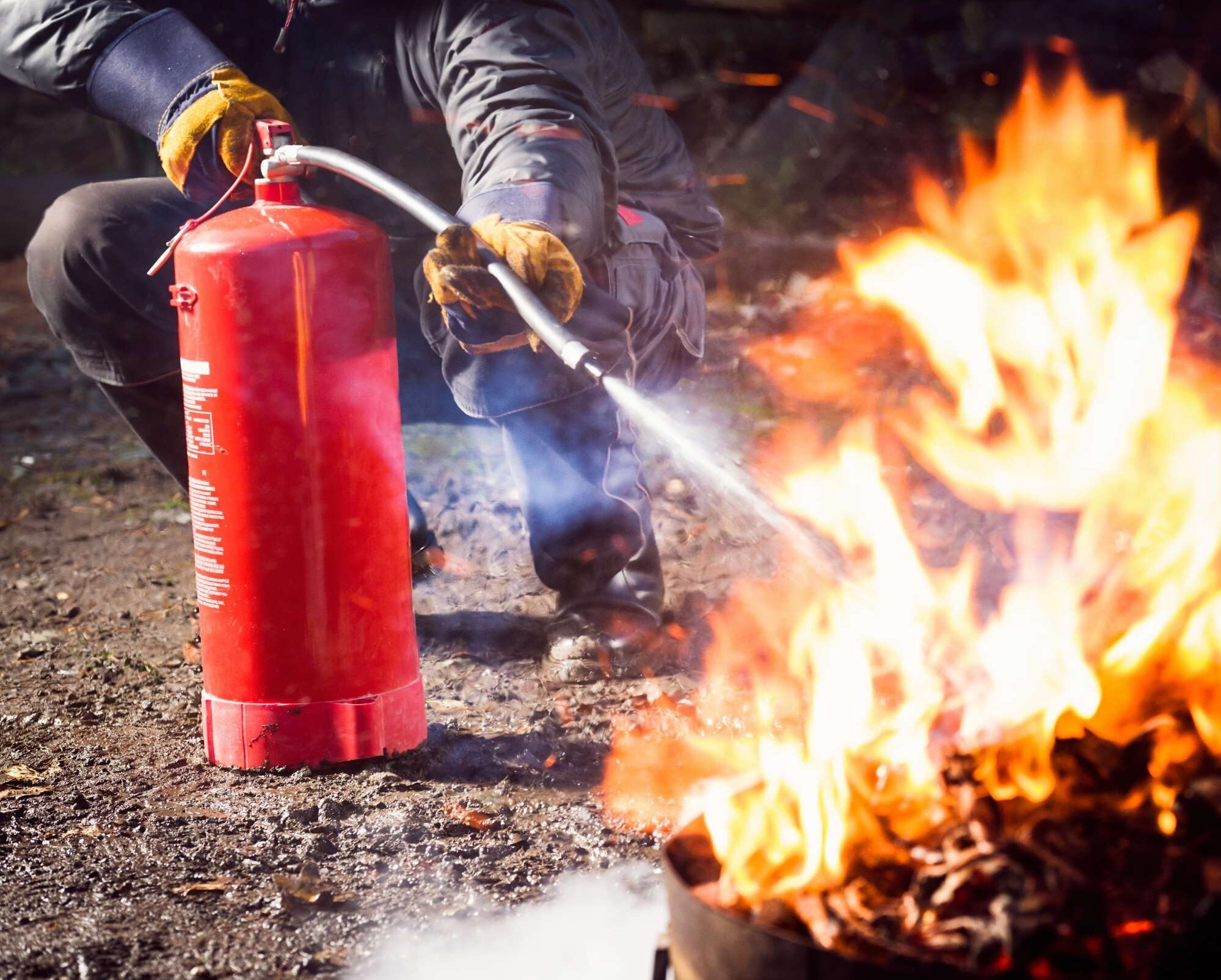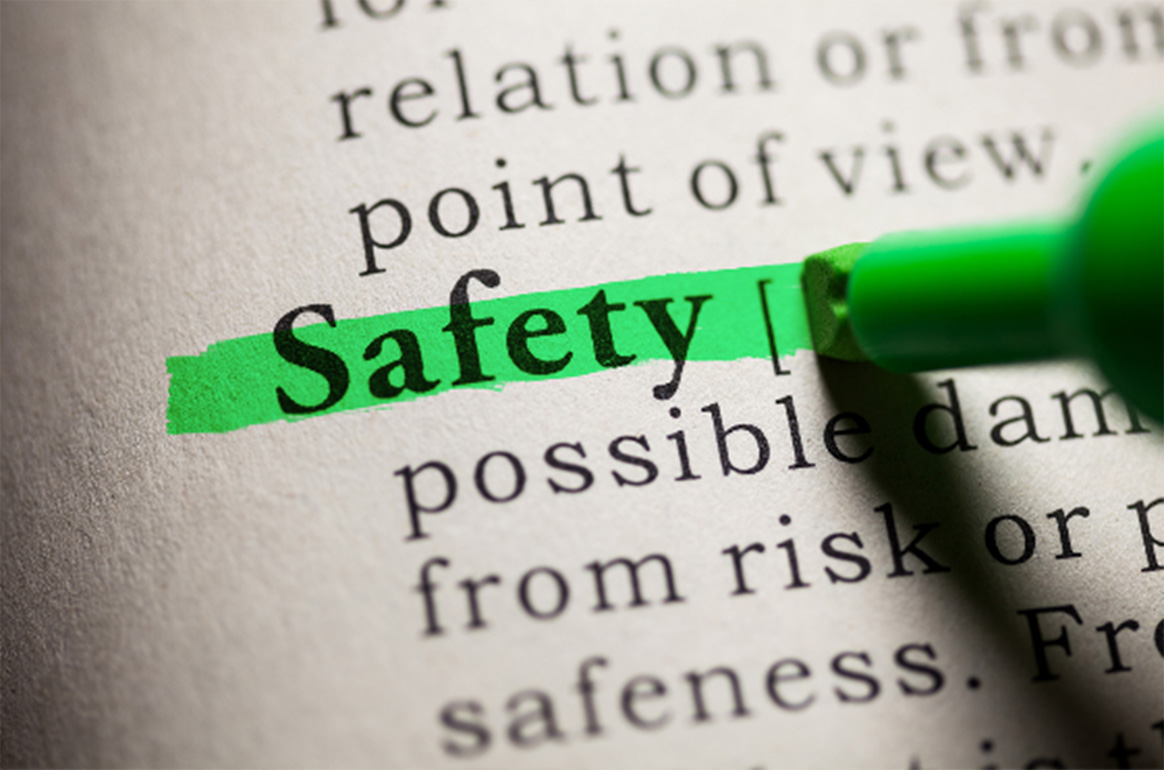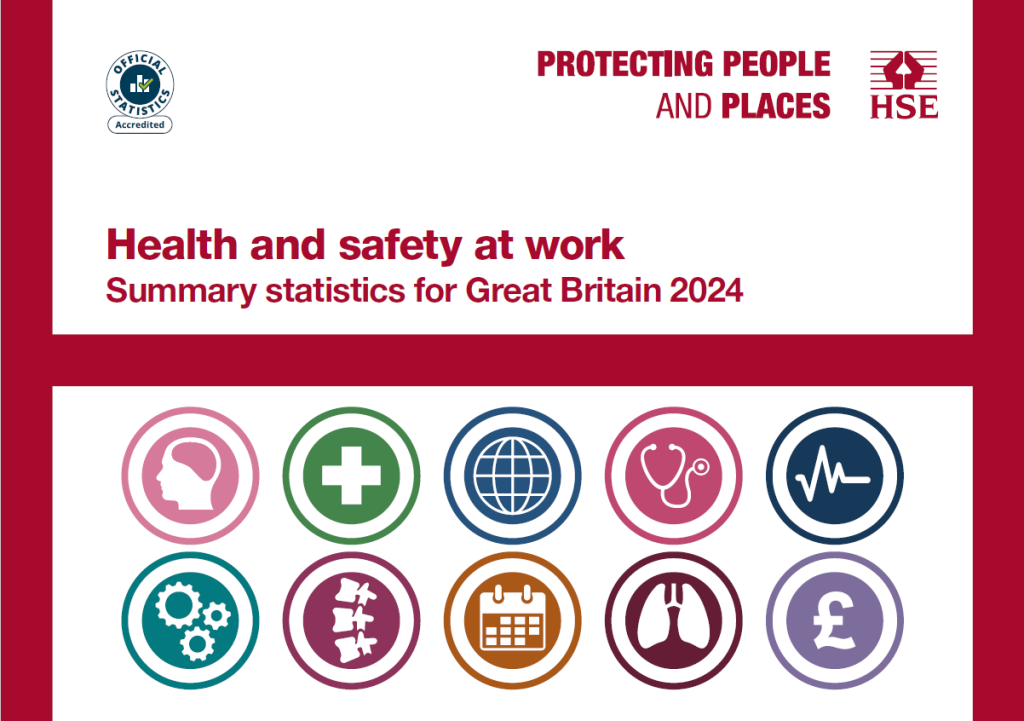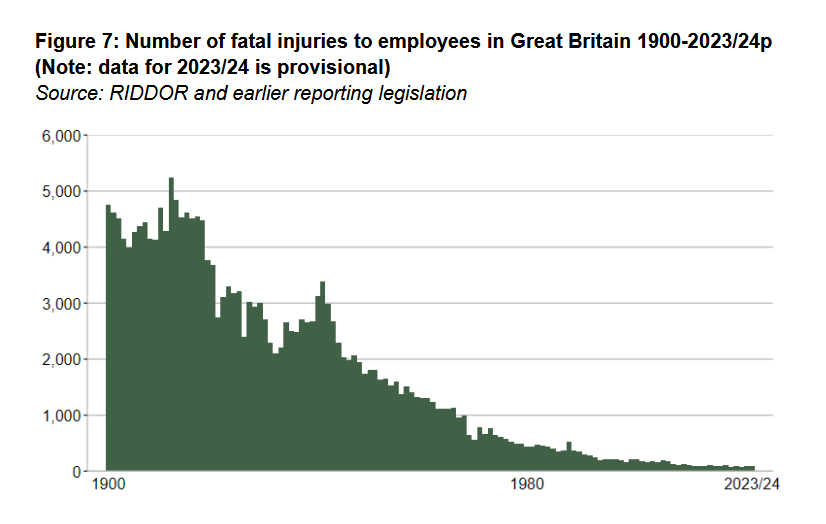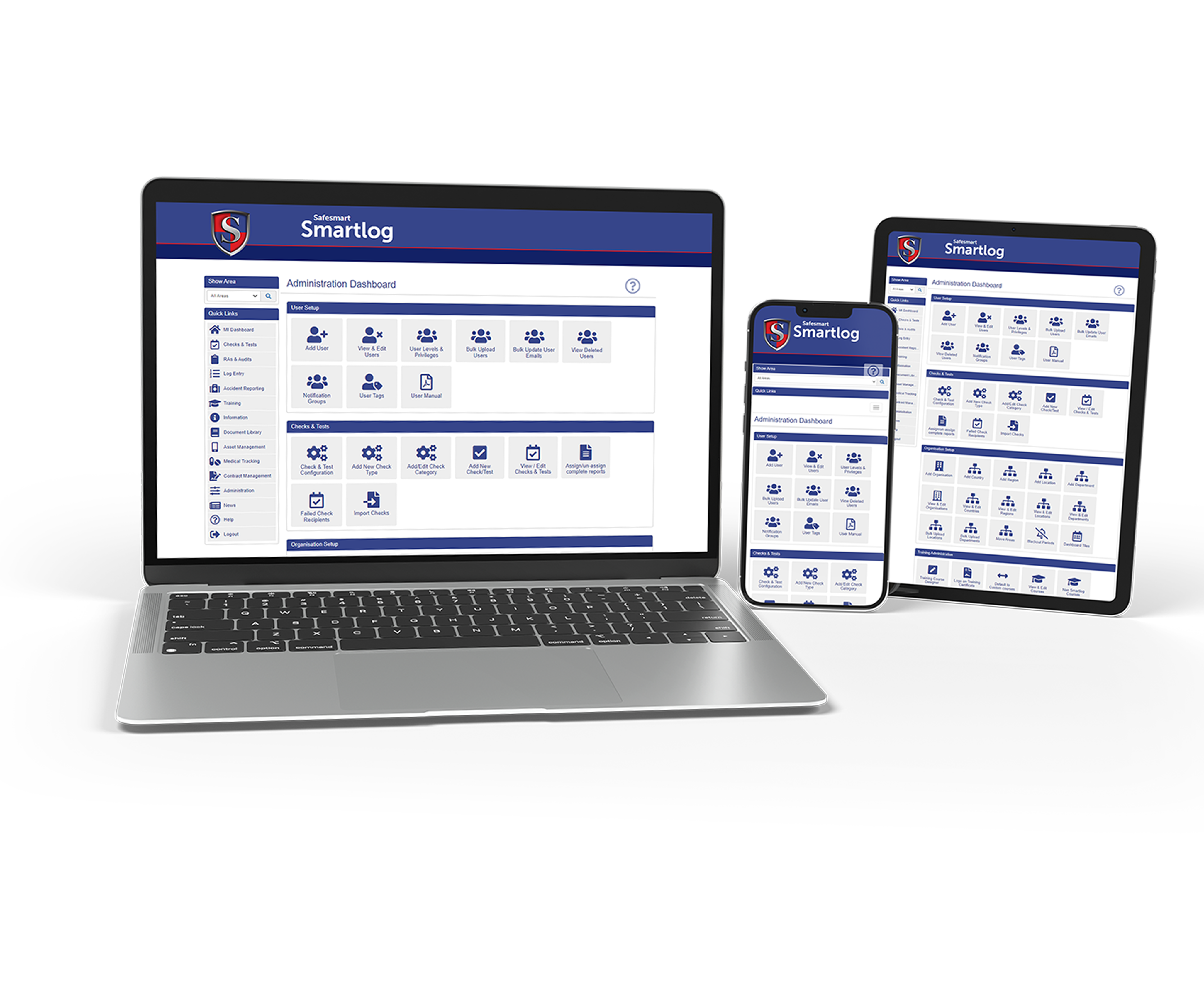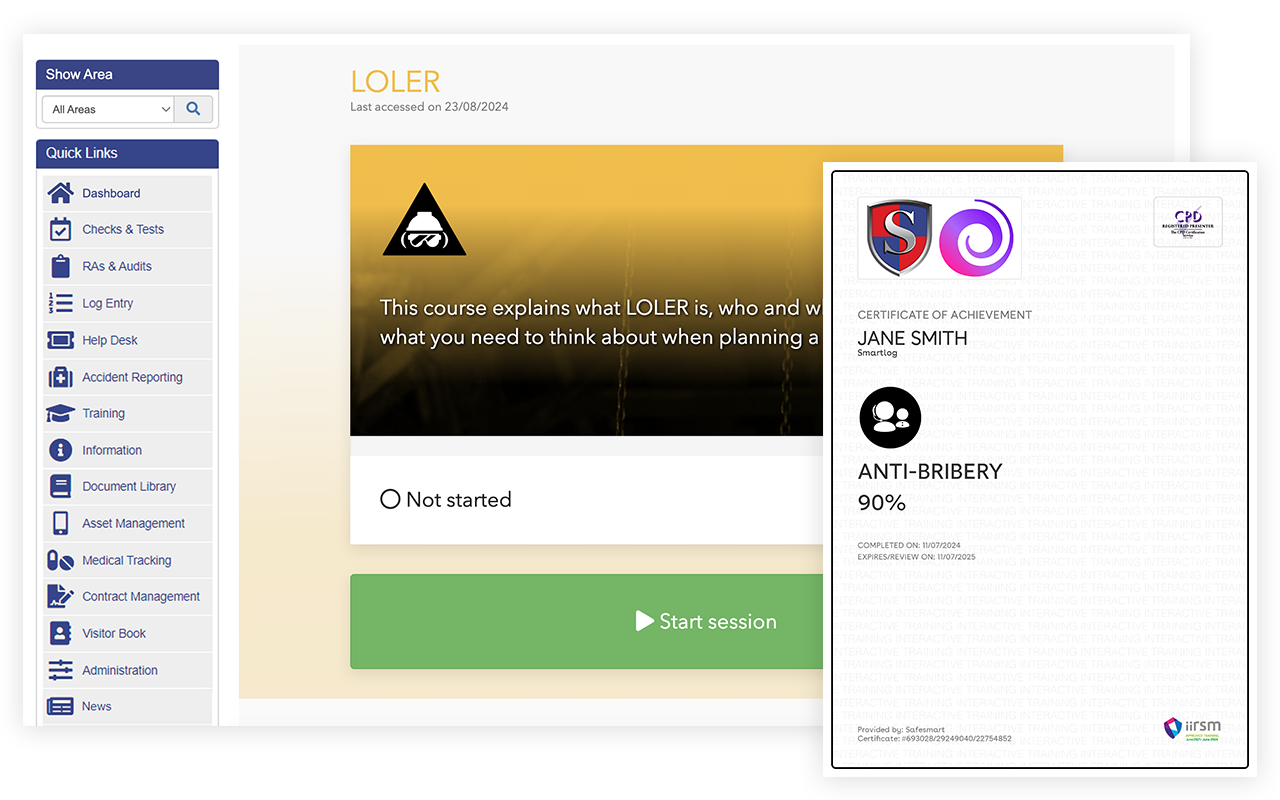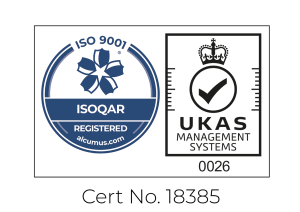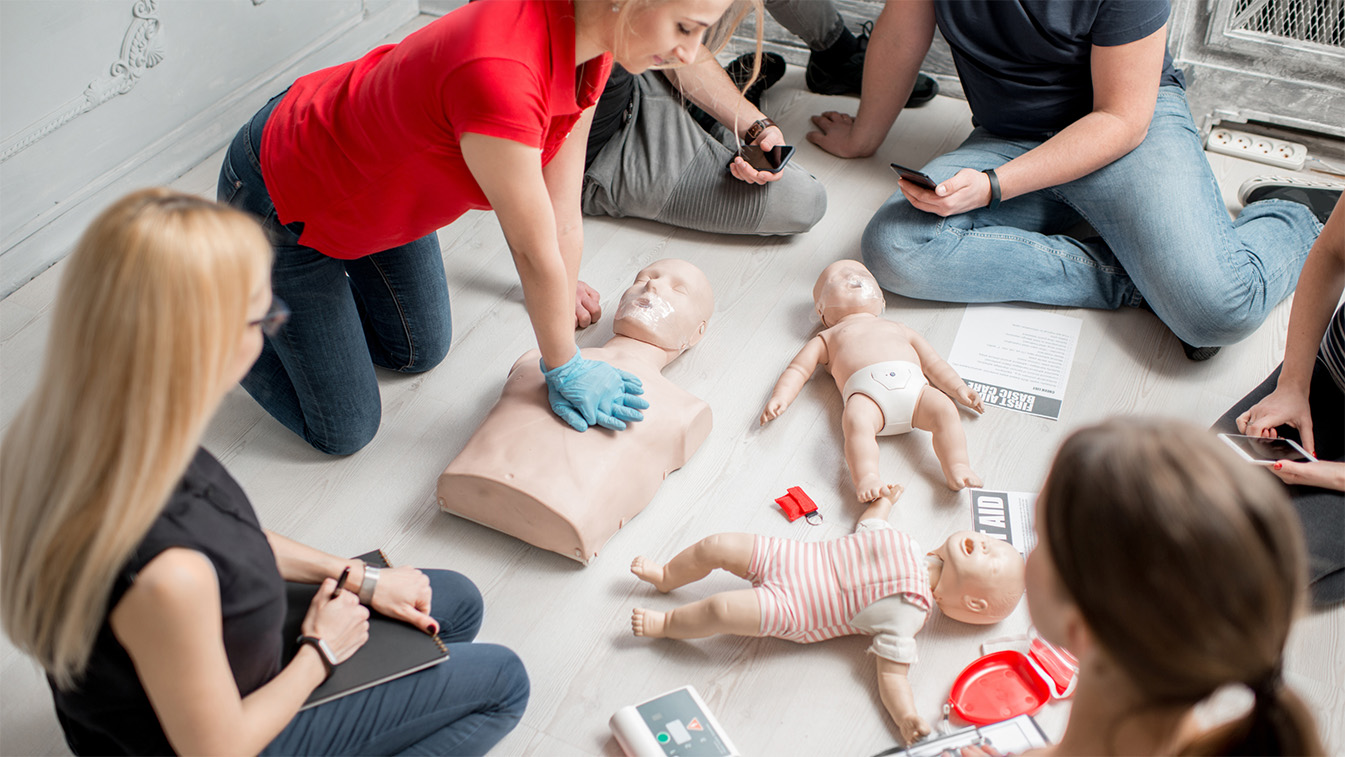
In every school, the top priorities are the safety and well-being of students and staff. This task of making sure everyone is as safe as possible is made even more difficult when looking at the sheer size of the education sector – it is massive.
As of the most recent Government statistics, there are (state-funded only):
- 985,754 employees
- 9,032,426 pupils
- 24,479 schools
Also, the HSE reports that around 5,000 people in the education sector are injured every year, and additionally there are around 170,000 illnesses reported each year, second only to the healthcare industry.
Because of this, schools are equipped to handle a range of emergencies, whether it’s a scraped knee, a bumped head, or a more severe injury. Staff members are also equipped to deal with emergencies, and one life-saving skill that could make all the difference is First Aid Training – and more specifically CPR (Cardiopulmonary Resuscitation) and AED (Automated External Defibrillator) training.
The importance of CPR and AED training cannot be overstated, as it could be the key factor in saving a life during a cardiac emergency. Whether it’s a child who collapses suddenly during a PE class or a teacher who suffers from a cardiac arrest in the staff room, knowing how to react quickly and effectively can make all the difference.
Here’s why CPR and AED training should be a must for every school.
What is CPR and AED Training?
Firstly, we need to understand what CPR and AED training involve:
AED (Automated External Defibrillator): This is also referred to as simply a defibrillator. An AED is a portable device that is placed externally on the body and delivers an electric shock to restore a normal heartbeat in cases of sudden cardiac arrest or where the heart’s electrical system malfunctions.
CPR (Cardiopulmonary Resuscitation): This is used when someone’s heart stops beating, or they stop breathing. Chest compressions and rescue breaths (mouth-to-mouth) are given to a person in cardiac arrest to keep oxygen circulating through their body until emergency medical personnel arrive.
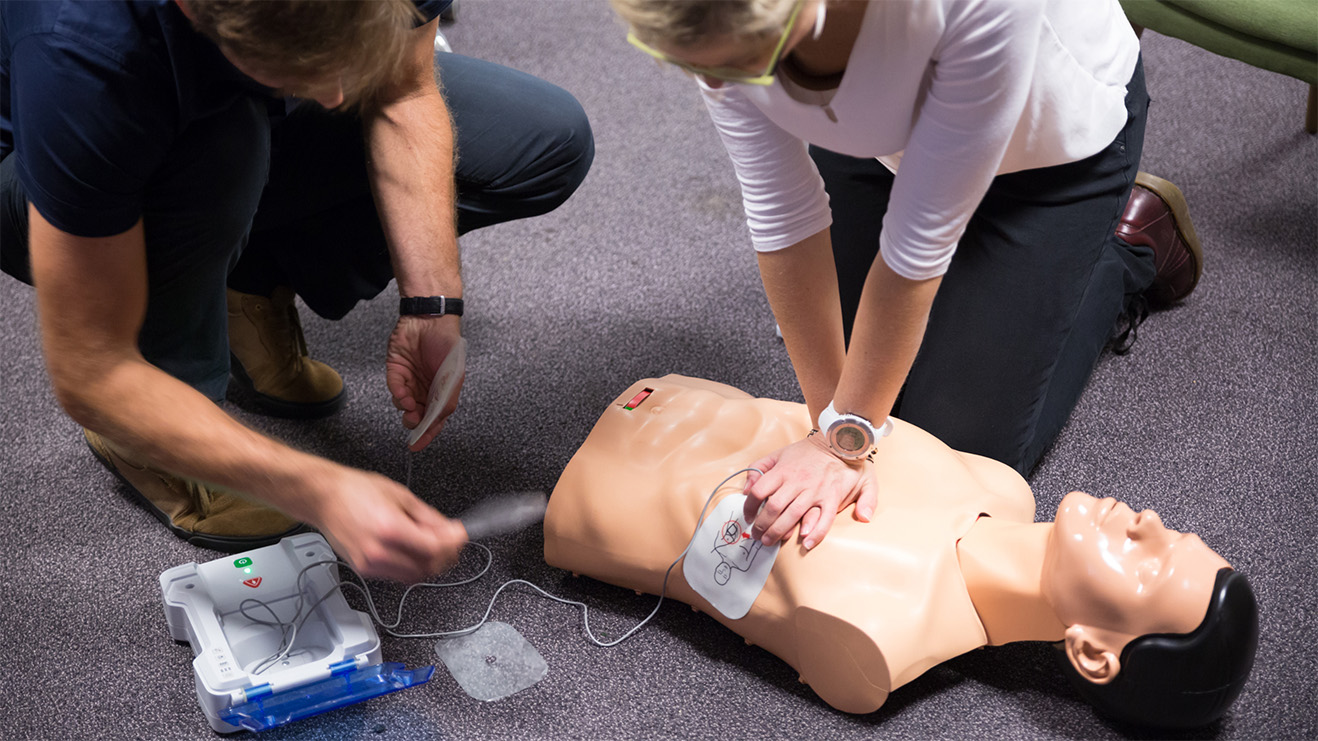
Cardiac arrest can happen anywhere
Heart attacks (myocardial infarction) and cardiac arrest can happen to anyone at any time, regardless of age or health. According to the British Heart Foundation, coronary heart disease (CDH) is one of the leading causes of death in the UK, claiming around 66,000lives each year. Around 100,000 hospital admissions each year are due to heart attacks – that’s a person every 5 minutes, and there are more than 40,000 out-of-hospital cardiac arrests each year.
While we typically associate heart attacks and cardiac arrest with older adults, children and adolescents are also at risk, especially if they have undiagnosed heart conditions or engage in strenuous physical activities like school sports.
When cardiac arrest strikes, the person’s chance of survival decreases by up to 10% every minute without intervention. If CPR and an AED are used early, the chances of survival can more than double.
Schools are often bursting full of activity, with children engaged in everything from sports and PE to active lessons. This makes it critical to have several staff trained in CPR and AED use always present onsite.

First Aid Training saves lives
By law, most schools have an AED in place, but the key to saving a life is knowing how to use it properly. Without trained individuals around to operate it, the device is useless. By training teachers, staff, and even older students in CPR and AED use, schools can ensure that immediate action is taken in the event of an emergency.
And for children under 5 years old, it is mandatory that at least one person who has a valid paediatric first aid (PFA) certificate must always be on school premises and available when children are present and must also accompany children on outings.
First Aid training with CPR and AED training is widely available, and most courses include:
- Understanding cardiac arrest and its causes
- Learning how to perform chest compressions effectively
- How to use an AED safely and confidently
- Recognising signs of medical emergencies like heart attacks, strokes, and seizures
- Administering CPR for adults, children, and infants
Plus, CPR and AED certifications last for 3 years, meaning your school can refresh and renew training on a regular basis to keep skills up to date.
Protecting and equipping students and Staff
Defibrillators can be found in most public places, but the key is making sure that those who are present at these locations are trained to use them properly. All state-funded schools have been supplied with AEDs since 2023, and schools are advised to place it in their sports facility.
Additionally, training your school staff in CPR and AED use not only equips them in an emergency but also boosts their overall confidence. Knowing that they can take action in a critical situation gives staff the peace of mind to respond calmly and effectively during moments of chaos.
Schools can also consider providing optional CPR training for older (eg. high school) students, so they can help in emergency situations or learn valuable life skills that could one day help someone in need.
As stated previously, simply having a defibrillator on site isn’t enough. While modern AED devices are designed to be user-friendly and often come with clear, step-by-step instructions, it’s important to have trained personnel who can use them confidently and efficiently. Remember: The faster an AED is applied after cardiac arrest, the better the chances of restarting the heart.

Conclusion
While we hope that heart attacks and cardiac arrests never happen in our schools, being prepared is crucial. Schools must prioritise training in emergency First Aid – specifically CPR and AED use, to ensure that students, staff, parents and visitors are as safe as possible when on school premises.
The few hours spent learning these life-saving skills could make all the difference, turning a crisis into a story of survival. By having trained first aiders in every school, we can ensure that every child and adult is given the best chance of survival during a cardiac emergency.






